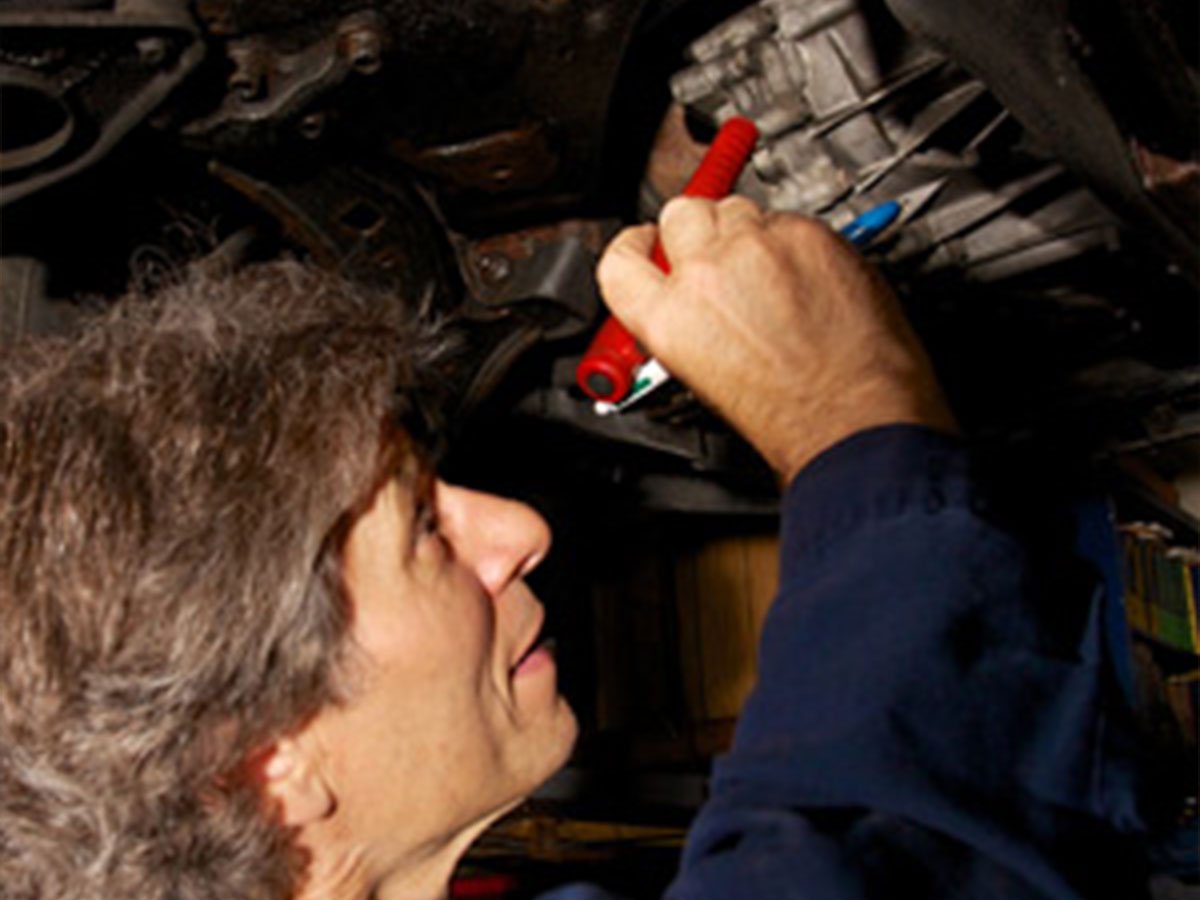Car Safety Inspection in Ottawa

Each province has its own regulations. In Ontario we comply with Ontario’s Highway Traffic Act, which dictates all the rules and requirements for the operation of motor vehicles in the province.
At Jim Dickinson Auto Tech, we perform car safety inspection for our clients under the safety standards of Ontario’s Highway Traffic Act.
A mechanic must issue a Safety Standard Certificate (SSC) whenever:
A used vehicle will be transferred to a new owner
An out-of-province vehicle is being registered,
A rebuilt vehicle must be registered,
The official status of a vehicle has changed from unfit to fit.
These regulations are to help preserve the driver and passengers’ safety, to reduce the dangers of the open roads, and to ensure the parties in financial transactions.
At Jim Dickinson Auto Tech, we employ qualified, certified mechanics who are able to complete the inspection and all required paperwork to make the certification of a pre-owned vehicle inspection a reality.
We have been performing car safety inspection in Ottawa since 1984 and are totally unbiased as to whether your car passes or fails. You will be provided with a Safety Standard Certificate if it passes or a list of failure items to be repaired and cost estimate if it fails. Please note that vehicles must also pass an emission test in the Ottawa area in order to have license plates issued.
Safety Inspection Checklist for Cars in Ontario
When performing a safety inspection on a car in Ontario, our mechanics will ensure the vehicle meets the safety standards set by the Ministry of Transportation. Here’s a detailed checklist of what is typically inspected:
1. Braking System
- Brake pads, rotors, and drums for wear and damage
- Brake lines for leaks or corrosion
- Parking brake operation
- Master cylinder functionality
2. Steering and Suspension
- Steering components (tie rods, rack and pinion) for wear or looseness
- Suspension components (shocks, struts, springs) for damage or wear
- Wheel alignment
- Ball joints and bushings for wear or damage
3. Tires and Wheels
- Tread depth and tire condition (no cracks, cuts, or bulges)
- Proper tire inflation and size
- Wheels and rims for damage or cracks
4. Lights and Electrical System
- Headlights, brake lights, and turn signals for functionality
- High beams and low beams operation
- Dashboard indicators and warning lights
- Horn operation
5. Body and Frame
- Structural integrity of the vehicle’s frame
- Doors, hood, and trunk operation
- Mirrors (rearview and side) for damage or proper placement
- Windshield, windows, and wipers (no cracks or excessive wear)
6. Exhaust System
- Muffler and exhaust pipes for leaks or damage
- Emission control systems for compliance
7. Fuel System
- Fuel tank and lines for leaks or damage
- Gas cap functionality
8. Seatbelts and Airbags
- Seatbelt condition and operation
- Airbag readiness and deployment systems
9. Heating, Ventilation, and Air Conditioning (HVAC)
- Defrost and ventilation system operation
- Cabin heating system functionality
10. Underbody and Engine Components
- Oil leaks or fluid leaks (coolant, transmission, etc.)
- Driveshaft and CV joints for wear
- Engine mounts for stability
11. Other Key Systems
- Battery and charging system for proper voltage
- Washer fluid system operation
This comprehensive inspection ensures your vehicle is safe to drive on Ontario roads. If your car doesn’t meet these standards, necessary repairs must be completed before it can pass the inspection.
Should some maintenance be necessary, we are able to make those repairs efficiently and to your satisfaction. Consider using our pre-purchase safety inspection to avoid any surprises.
For more information about Safety standards, visit the Ministry of Transportation’s website or

